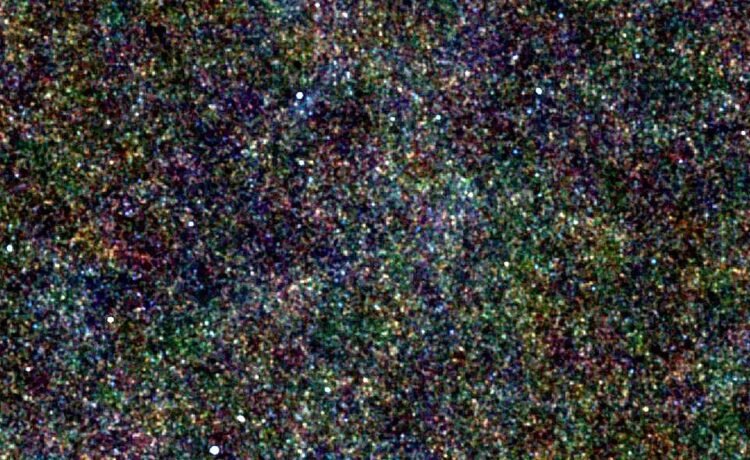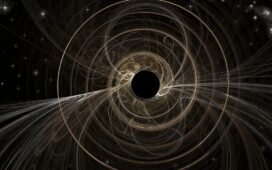In all directions, at great distances, the Universe looks younger, more uniform, and less evolved. Does that mean Earth must be the center?
There are some remarkable and surprising facts about the Universe, but three of them, put together, force us into a profound set of restrictions on existence itself.
- The Universe, on the largest scales, appears to be isotropic, or the same in all directions. No matter how far away we look, no direction appears to be “preferred” or to exhibit different properties than any other.
- Also, on the largest cosmic scales, the Universe appears to be homogeneous, or the same at all locations. Whether we look “here” or “there” or “anywhere else,” we see roughly the same temperatures, densities, numbers of galaxies, etc., so long as we sample a large enough region of space.
- And finally, the farther away we look in terms of distance — again, equally in all directions — the farther back we are seeing in time: seeing the Universe as it was at earlier and earlier moments.
Those three facts, of isotropy, homogeneity, and evolution in time, are some of the hallmarks of modern cosmology: both theoretically and observationally. But what does that mean…















